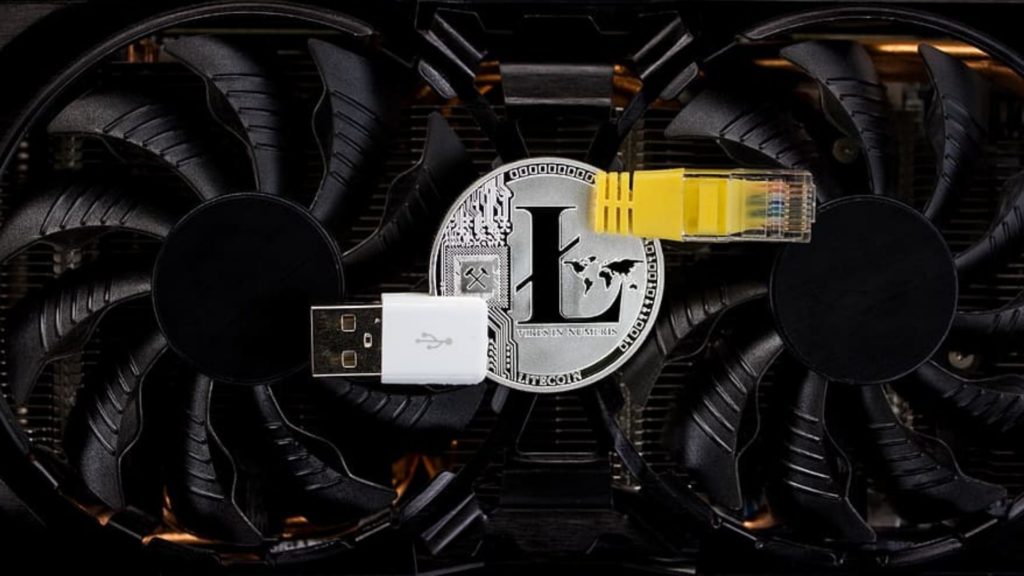The Blockchain is a Distributed Ledger Technology (DLT) that Satoshi Nakamoto invented in 2008 for use with the virtual currency, Bitcoin. It has since evolved to be something that can be used to solve some of the world’s most challenging problems.
A blockchain is a type of DLT that provides users with an immutable and trustworthy record of transactions. Every time a transaction occurs, it is verified and added to the chain in chronological order, creating an ever-growing log of activity called a blockchain.
Blockchains power Bitcoin and other cryptocurrencies, and they use cryptography to create coins, generate coins for mining (a process where people offer computer power towards solving complex mathematical problems), confirm transactions between two parties on the network, and prevent double-spending on coins.
Key Points:
- The Blockchain is a Distributed Ledger Technology (DLT) that Satoshi Nakamoto invented in 2008 for use with the virtual currency, Bitcoin.
- It has since evolved to be something that can be used to solve some of the world’s most challenging problems.
- Every computer in the cluster has a copy of the database, and they all work together to ensure the integrity and accuracy of the Blockchain.
- The computers in the cluster use consensus algorithms to ensure that any new information added to the database is accurate and consistent across all copies of the Blockchain.
- This process eliminates any need for traditional intermediaries, like banks or governments, reducing overhead and increasing efficiency.
Table of Contents
What is Blockchain?
Blockchain is a shared, encrypted ledger that records transactions and transfers without relying on a trusted third party. It has the potential to change the way we do business and communicate. It is an innovative way of storing and transferring data because it does not rely on centralized systems to process transactions.
Blockchain technology also offers many advantages over traditional systems, including faster processing time due to eliminating intermediaries or central authorities that can process transactions at any time.
How Blockchain Works
Blockchain technology creates a shared database that is managed by a cluster of computers. Every computer in the cluster has a copy of the database, and they all work together to ensure the integrity and accuracy of the Blockchain.
The computers in the cluster use consensus algorithms to ensure that any new information added to the database is accurate and consistent across all copies of the Blockchain.
This process eliminates any need for traditional intermediaries, like banks or governments, reducing overhead and increasing efficiency.
Blockchain technology has broad potential uses in various industries such as finance, healthcare, education, and more.

Blockchain Applications And The Future of Cryptocurrency
Blockchain is a decentralized, transparent, and immutable ledger that can efficiently record transactions between two parties and in a verifiable and permanent way. In the future, blockchain will be able to be applied to any data storage, securely creates electronic voting systems, smart contracts, autonomous businesses, and many other applications.
An obvious use case of blockchain is cryptocurrency. Cryptocurrencies are a form of digital money that doesn’t require a bank or government institution to control it. They are decentralized currencies that don’t have any single point of failure.
The future of cryptocurrency seems bright as it is starting to gain an equal footing with other currencies. Cryptocurrencies are beginning to cross borders and become more and more mainstream. It is estimated that the crypto market will be worth $1 trillion in just a few years. The rising popularity of cryptocurrencies can be explained by their relative ease of use, security, and the absence of any governmental authority.
What is the Future for Blockchain Technology?
Blockchain was first introduced as the technology behind Bitcoin. It is a type of database that can be shared across networks, where transactions are recorded as permanent and unchangeable. It has the potential to change the way we conduct exchanges, create contracts, and share data.
Blockchain will be so pervasive in our lives within the next ten years that we won’t even know it’s there. It will be the backbone of insurance, healthcare, legal transactions, and many more industries. The future of Blockchain is bright, with many use cases to explore. It has the potential to disrupt the way we do business on a global scale.
Final Thoughts
Blockchain is one of the leading technologies on the horizon. It has the potential to change the world as we know it significantly. Blockchain is a new type of database that allows data to be stored in ledgers, sequences of information spread over many different computers. Each sequence of information is called a blockchain and can only be updated by consensus among participants in that blockchain. This new way of storing data is the underlying technology behind the recent proliferation of cryptocurrencies like Bitcoin.
Disclaimer: The information provided in this article is for informational purposes only and should not be construed as financial or investment advice. Cryptocurrency investments are subject to market risks, and individuals should seek professional advice before making any investment decisions.


Comments are closed.